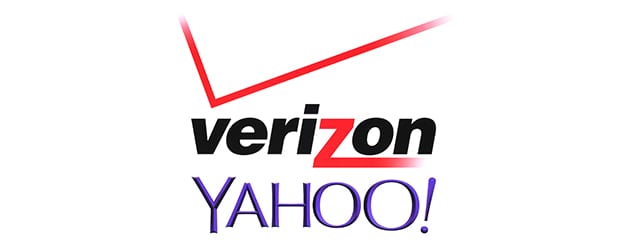Verizon's purchase of Yahoo assets will help it build the strength it needs to compete with other telecomm/tech giants.

In late July, Verizon Communications, the largest wireless service provider in the US, announced it was purchasing the best of Yahoo, an Internet pioneer and digital content market leader. A financial auction earlier this year, following a failed attempt by activist shareholders to change Yahoo’s strategy, culminated in the Verizon-Yahoo transaction.
“This is an example of Verizon moving up the value-added stack,” notes Alec Ellison, former vice chairman of Jeffries, a global investment banking firm. “The combination of AOL and Yahoo provides real critical mass.”
Traditional telecom companies have suffered from stringent regulations and narrow margins, and have been looking for growth in video and mobile content. Verizon acquired another Internet pioneer, AOL, last year for $4.4 billion.
The Yahoo deal extends this strategy, acquiring Yahoo’s core Internet assets for $4.83 billion and merging them with AOL operations. The merged unit will provide advertisers with a new platform that might be able to compete with Google and Facebook’s duopoly in online advertising. Major advertisers criticize these market-leading platforms as expensive and ineffective, especially for large brands with broad marketing needs. Procter & Gamble, a consumer goods giant, for example, recently scaled back targeted ads on Facebook. Verizon also acquires Yahoo’s land holdings in the deal.
Yahoo retains some assets: a 15% stake in Chinese e-commerce giant Alibaba, 35.5% of Yahoo Japan, and other non-core minority investments. These assets will go public under a new holding company. Spinning off the Alibaba stake for a cash infusion was one survival strategy that was rejected by Yahoo’s board of directors. Yahoo announced in February this year its plan to “explore divesting nonstrategic assets of value such as the responsible monetization of nonstrategic patents, the sale of valuable real estate, and other noncore, nonstrategic assets.” Auctioning and selling core digital assets turned out to be a more valuable option for shareholders.
Yahoo’s core assets include consumer products, search functions, email and digital advertising platforms. Its consumer segments include news, sports, finance and lifestyle. For advertisers, Yahoo offers Gemini, which combines search and “native” ads, and BrightRoll, which offers programmatic tools for video, display and native advertising. Yahoo’s digital content sites are designed to increase consumer engagement and content creation to make Yahoo better for advertisers.
Verizon hopes to leverage these assets, capitalizing on mobile growth, as the global mobile advertising market, according to eMarketer, will reach more than $100 billion in 2016, accounting for more than 50% of all digital ad expenditure. Additionally, the Yahoo-AOL combination will provide more programmatic ad tools, helping media buyers target specific audiences. According to eMarketer, in 2016, US programmatic digital display ad spending will reach $22.10 billion, a 39.7% increase over last year.
The Verizon-Yahoo deal has a financial and strategic impact on non-US markets where Yahoo is the digital content partner to local media companies. Thus, for example, Yahoo7, an Australian media joint venture between the Australian Seven West Media and Yahoo, may decide to change its corporate strategy and ownership structure following Verizon’s Yahoo acquisition.



